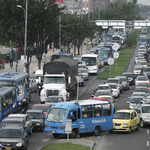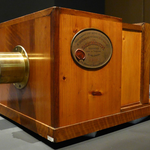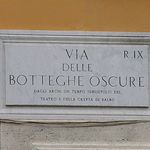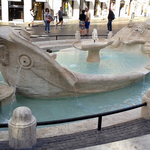Pincio
It is a public park of Rome which stands on a hill of 51 meters and has 31 meters level difference with the lower Piazza del Popolo On the site of the square in IVth the century B.C. Villa dei Pinci rose up.
On the hill the body of Nero was burnt up and many legends were born about the hill with apparitions of ghosts.
The park in its current look was designed by architect Giuseppe Valadier (1810-18) and performed for the commission of the pope Pious VII after his return to Rome in the tradition of the villas of Seicento and Settecento
It was spread out where in the past the groups of splendid villas encircling Rome had place, especially in the eastern part. In this areaLucullo had his horti Trinità dei Monti), the Acili had ones in the northern part, the Domizi had their ones above Piazza del Popolo) and later in the IVth century the Pinci had ones who left their name for the hill.
Up to the 900 the Pincio was destined to be a classical place of the Romans' entertainments where also the concerts of the municipal band were performed.
The avenues of the Pincio, for the initiative of G.Mazzini were adorned by the busts of great Italian patriots.
Just after the entry on the right side one can notice the cippus that remembers about Galileo Galilei who was kept imprisoned by the order of Sant' Uffizio from 1630 to 1633, in the Villa Medici.
Passing by the Viale of A. Mickiewiex one can pass by the house of Valadier. It is a small neo-classical building and since its opening in 1817 it was intended for the caffe-restaurant. It opens a way to the wide Napoleon square so-called to memorize the impulse given by Napoleon who had never been in Rome to the embellishment of the Pincio.
From the big terrace of the Napoleon square, the central part of the Pincio, overlooking to the Piazza del Popolo from the ramps descending from the hill one enjoys a very beautiful and very famous panorama which is between the most famous in Rome particularly at the sunset.
In the Napoleon square along the Via dell' Obelisco the thin obelisk dedicated by the Emperor Hadrian to his favourite Antino and discovered in the XVI century behind the Porta Maggiore stands in the middle. It was set up here by Pious VII in 1822. Parting from this point one can reach the big flyover that passing over the Viale del Muro Torto connects the Pincio to Villa Borghese.

 The records of Rome. Big numbers, not always enviable, for a big city.
The records of Rome. Big numbers, not always enviable, for a big city. New Phot-O-Matic section. To spend some time looking at photos (also) of Rome.
New Phot-O-Matic section. To spend some time looking at photos (also) of Rome. The administrative, urban, toponymic and imaginative subdivisions of Rome.
The administrative, urban, toponymic and imaginative subdivisions of Rome. Notice for tourists: in Rome you drink for free. Historical fountains and 'big noses'.
Notice for tourists: in Rome you drink for free. Historical fountains and 'big noses'. Free museums return on the first Sunday of the month.
Free museums return on the first Sunday of the month.